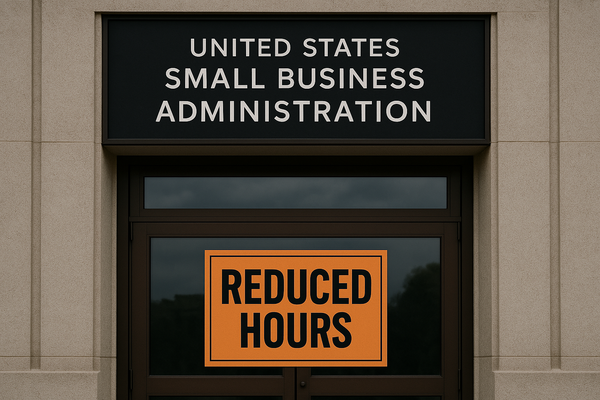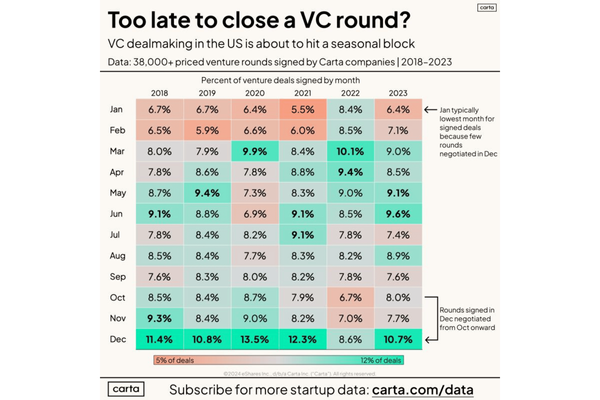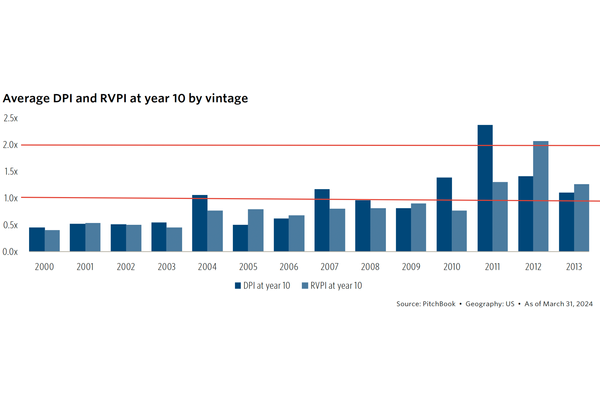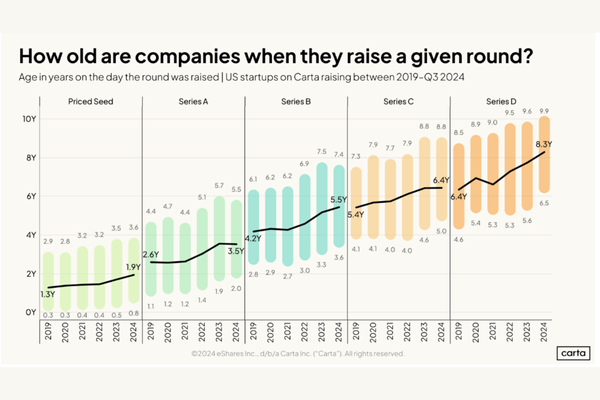Don't Trade Valuation For Structure
2023 is going to be another challenging year for many founders. The pullback by investors will continue, leaving the potential path to additional funding uncertain. Yes, investors have plenty of dry powder. But they are being far more careful about deploying those funds than in 2020 and 2021.
If you're a founder that is stuck between rounds of funding, you may have a difficult choice to make. Accept a lower valuation or put more structure on your cap table in the form of higher liquidation preferences or ratchets.
As you consider your options, it's critical that you understand two things.
You need to understand your cap table's waterfall
Your waterfall is the math behind the distribution of cash to the shareholders on your cap table in various outcomes. The biggest impact of this math is the preferences of your investors, who lay claim to the first proceeds from any transaction.
First-time founders that started building their companies in the past decade haven't had to think too hard about liquidation preferences or their cap table's waterfall. Typical investment terms over the past decade have been founder friendly, with a 1x liquidation preference, meaning that your investors first receive their original investment in any liquidation event (i.e., a sale of the company) before the common shareholders receive their share of the proceeds.
Your ownership is almost undoubtedly common stock, as is your team's option pool.
But when a startup needs more cash and has limited options, the leverage in the deal shifts to the investor. And the way the investor takes advantage of that shift is by requiring more downside protection. This can take the form of higher liquidation preferences of 2x, 3x or more. Or provisions such as ratchets, which provide investors with anti-dilution protection and can flood your cap table with additional shares that dramatically reduce your ownership.
These deal terms can significantly reduce your potential outcome in most future exit scenarios.
If you want to understand this math, and see real examples, read my earlier post: Valuation Makes The Headlines, But Liquidation Preferences Allocate The Cash
You and your investors are not aligned
When deciding which decision is best for you and your team, this point is crucial and often misunderstood. This is particularly true right now.
Why?
Investor portfolios are taking a beating. As more startups fail, investments get written down to zero, impacting a venture fund's potential return. Investors typically report the value of their portfolio to their limited partners every quarter. If the value of that portfolio starts to fall dramatically, word gets out, and it's going to be harder for that investor to raise their next venture fund.
This dynamic represents an existential threat for many VCs and will drive a great shakeout of funds over the next few years.
While an absolute failure of a startup will impact portfolio performance, a startup trying to raise a bridge round creates an interesting opportunity for investors.
If that bridge round can be raised at a valuation flat to the last round of funding, then they don't have to mark the investment down in their portfolio. They protect the potential of future strong fund returns, even if, in reality, they are only delaying an eventual outcome.
That delay is crucial for VCs because it gives them time to raise their next fund against the backdrop of seemingly stable portfolios from their earlier funds.
Matt Levine of Bloomberg wrote a terrific piece on this dynamic. Private Markets Don't Like to Go Down. If you're a founder trying to raise a bridge round, you should read it. This quote is the perfect summation:
One cynical way to understand private investing generally is that private investment firms — venture capital, private equity, private real estate, etc. — charge their customers high fees for the service of avoiding the visible volatility of public markets.
A down round is not the end of the world
Let's face it. Your startup's valuation isn't directly correlated to your traction, your prospects, or future exit value. Valuation is a function of broader market dynamics. Those dynamics can create valuation bubbles in frothy times and valuation compression when the bubble pops. We see this in the stock market all of the time.
Valuations at every round of funding exploded over the past few years. This was a function of too much investor cash chasing too few quality deals. Now we are in an era where valuations are compressing, and we'll find a new normal at some point.
In 2021 you raised a round at a valuation far higher than historical norms. The fact that the market has shifted, and we are reverting to the mean, isn't necessarily a failure of your business or ability to execute. It's just the value the market puts on startups like yours right now.
You can choose to accept that lower valuation. You can try to secure new option grants for you and your team to counter the dilution this will cause. Most importantly, you'll put more cash in the bank so that you can put your head back down, hit the next set of milestones, and build that valuation back up.
When you do the math, in almost every case, you will find that accepting the lower valuation leaves you better positioned to reap the rewards of future exit scenarios than accepting more structure from your investors.
Take the time to understand your waterfall. Appreciate that your investors have different goals and challenges that impact their proposals and recommendations. Find a way to get the cash you need in the bank, but navigate this path carefully.




